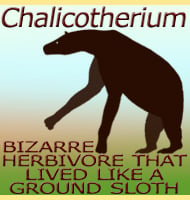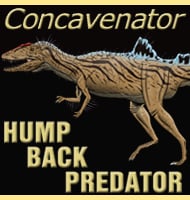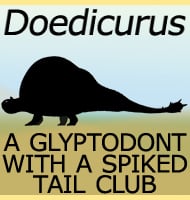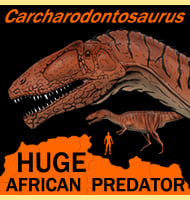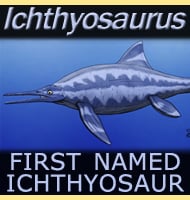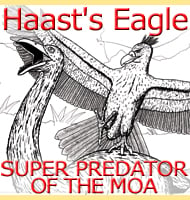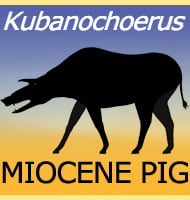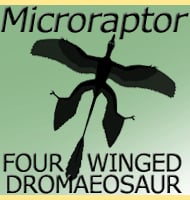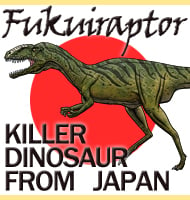In Depth
The naming history of this dinosaur is somewhat convoluted. The fossils that would go on to establish this genus were originally described in 1984, but as a species of Kritosaurus, K. australis. As you may have inferred front the species name, it was thought that a southern population of Kritosaurus had been discovered, other fossils of the genus were only known from North America. However a new study in 2010 (Prieto–Marquez & Salinas) considered K. australis to actually represent a more fully grown form of Secernosaurus, an earlier named hadrosaurid dinosaur genus that had been based upon the remains of a dinosaur that was likely not fully grown. However by 2015 another study (Coria) noted several differences between the fossils of what were once K. australis and those of Secernosaurus. A later study in 2022 (Rozadilla et al) confirmed that not only were the K. australis fossils different from Secernosaurus, they were not likely a species of Kritosaurus either. Thus the creation of the Huallasaurus genus was established.
Huallasaurus has a saurolophine hadrosaurid dinosaur that lived in South America during the late Cretaceous. Though regarded as different to Kritosaurus, Huallasaurus is still recognised as being very similar, hence its inclusion within the Kritosaurini group of hadrosaurs. Like others of its kind, Huallasaurus would have been a herbivore capable of browsing on a range of vegetation.
Further reading
- La Formaci�n Los Alamitos (Campaniano-Maastrichtiano) del sudeste de Rio Negro, con descripcion de Kritosaurus australis n. sp. (Hadrosauridae). Significado paleogeografico de los vertebrados. - Revista de la Asociaci�n Geol�gica Argentina (in Spanish). 39 (3–4): 284–299. J. Bonaparte, M. R. Franchi, J. E. Powell & E. Sepulveda - 1984.
- A re–evaluation of Secernosaurus koerneri and Kritosaurus australis (Dinosauria, Hadrosauridae) from the Late Cretaceous of Argentina.- Journal of Vertebrate Paleontology. 30 (3): 813–837. - Alberto Prieto–Marquez & Guillermo C. Salinas - 2010.
- South American hadrosaurs: considerations on their diversity. - Rodolfo Coria - 2015.
- A new hadrosaurid (Dinosauria: Ornithischia) from the Late Cretaceous of northern Patagonia and the radiation of South American hadrosaurids. - Journal of Systematic Palaeontology. 19 (17): 1207–1235. - Sebasti�n Rozadilla, Federico Briss�n Egli, Federico Agnolin, Alexis Mauro Aranciaga-Rolando & Fernando Emilio Novas - 2022.

